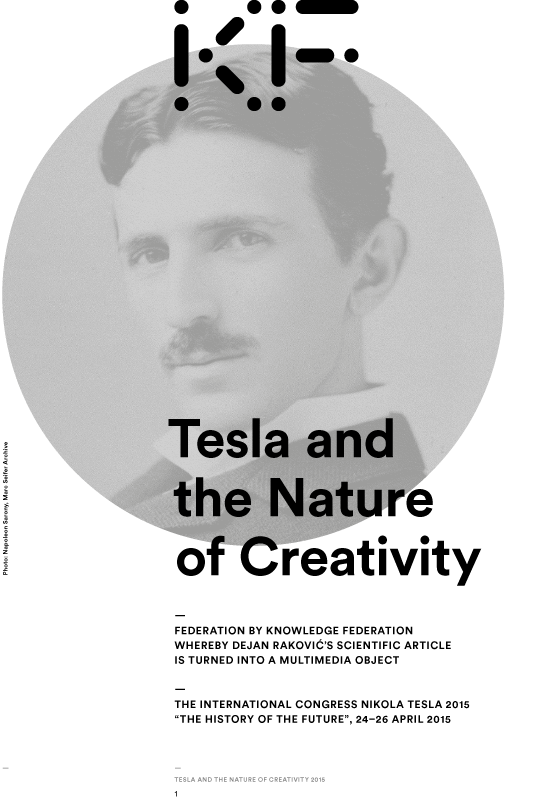The technology-enabled process we have developed around Professor Raković's model of direct creativity may be understood as a model of apart of our larger collective mind in the making, whose task is to federate a research result – make its core ideas accessible to the general audience, verify its plausibility and usefulness, link it with another related ideas, draw higher-level insights that may result from doing that and bring those to the attention of the informing media and of the specific communities of interest where it may have an impact.
We here describe this design, and then complete it by letting our 'collective mind' reflect upon itself – its own processes, tools, and possible improvements. We bring to it the best available insights from our domains of interest. In that way our 'collective mind' design becomes an open design – capable of adapting and evolving indefinitely, to reflect the available insights in relevant disciplines and professions, and the state of the art information technology.
Our collective mind design consists of three phases.
In the first, Professor Raković's article, written in quantum physics terminology accessible only to a specialist, is transformed into a multimedia article, by adding three visual models with links to the corresponding excerpts from a recorded interview with the author, and the corresponding paragraphs in the article. By having this module co-designed by the author and the federation team that included a communication designer, Fredrik Eive Refsli, a new role is envisioned for communication design where it serves to make research results accessible to a broader audience (in contrast to its now predominant role in marketing products).

The second phase consisted in a physical dialog, staged in Sava Center Belgrade as a special one-day workshop within the larger international congress Nikola Tesla – The History of the Future – see the program & description for the TNC 2015 dialog.

In this physical dialog a spectrum of media / communication techniques were applied in federated academic communication, specifically (1) live international video streaming, (2) simultaneous translation, (3) conventional media (TV), (4) Skype (for international panel participants) and (5) an adaptation of David Bohm's dialog.
The third phase, the online dialog, is currently being designed, and will be described here.
Human system - tool system co-creation or co-evolution is an especially significant and attractive side of this project. This has been demonstrated during our physical dialog in Belgrade by Sasa and Sinisa Rudan, who developed and showed a special module called CollaboScience during the meeting.
CollaboScience is a collection of technologies that can be put together to enable (the co-creation of) the federation processes analogous to the one we've demonstrated. In the following short video, created for the Serbian National Television, a CollaboScience module that does dialog mapping is shown, demonstrating how the events that are taking place in the room were recorded and organized as a network of ideas and made available for further use and elaboration online.
TNC - Belgrade - RTS from Sasha Rudan on Vimeo.